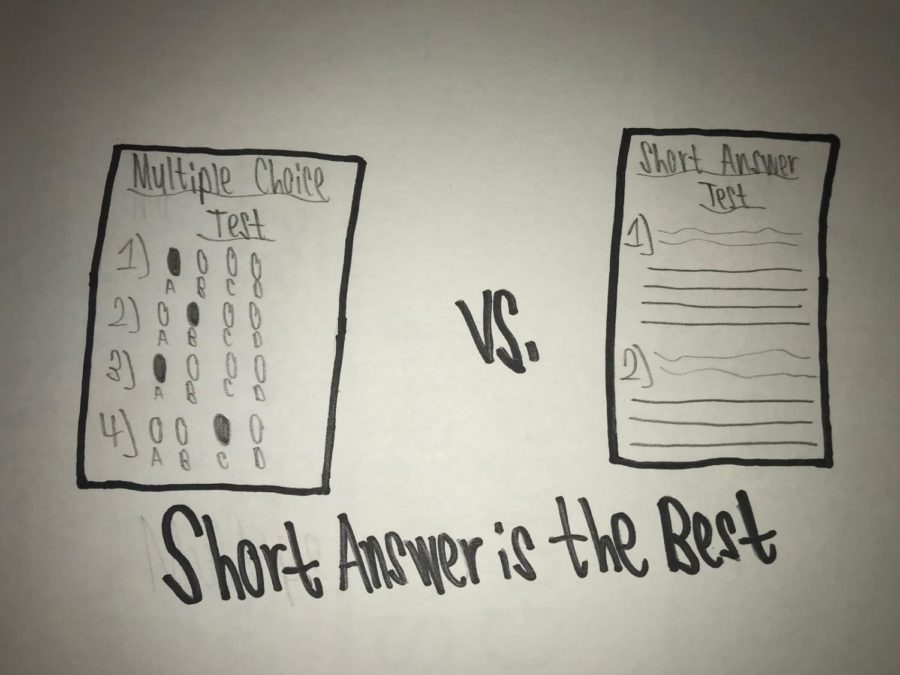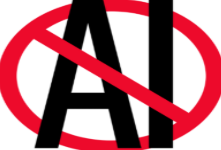Multiple Choice vs. Short Answer Tests
Picture by Pranesh Kumar
Students have gotten well acquainted with multiple choice formatted tests in the past few decades. Most teachers do not hesitate to use this test structure since they feel it is an easy, objective, and efficient way to gauge a student’s understanding of a topic. The multiple choice format is considered the universal standard for test-taking, and as a result, formats such as short answer tests are used less often. This is not a good sign because short answer assessments are ultimately a much better evaluation of one’s academic ability.
Many teachers offer multiple choice exams because they will not have to worry as much about grading the tests. The tests can still be very challenging from a student’s perspective and may assess their knowledge well. Also, teachers can spend more time teaching new information rather than grading. This is undoubtedly an advantage for the teacher, but definitely not for students, who are expected to fully understand the concepts. Multiple choice exams usually provide four or five options to a student. Picking the right answer can challenge a student’s understanding of a subject, but it does not always challenge critical thinking. Multiple choice exams also do not require a student to formulate answers in their own way. By providing the right answer as an option, there is no way to determine how a student even got the answer.
In contrast, short answer tests allow for teachers to understand the mindset of a student. Forcing students to come up with their own answer is the best way to evaluate how much they know about a topic. It also allows teachers to be more flexible by giving them the option to award partial credit. Depending on the circumstance, partial credit can be beneficial to students who were on the right track in their response. Most importantly, short answer exams give students the freedom to fully demonstrate their knowledge of a subject. There are no restrictions as to how a student can approach and respond to a problem.
Short answer tests are also very beneficial for developing skills in the real world. In most scenarios outside of schools, there are no choices provided by outside sources that people must choose from. Instead, people have to make their own decisions and pick from whatever choices they have come up with. In many circumstances, there is no clear right answer and people have to find a blend of all options that works best. In short answer tests, though a specific answer may be required, there is always some flexibility as to how this answer can be expressed. There are also no options provided, meaning students can respond to questions similarly to how they must respond to real-life situations.
One final, obvious flaw of multiple choice exams is how it allows students to easily cheat or guess. There are many ways teachers attempt to bypass these issues, but the problem will persist as long as they continue to use multiple choice tests. When students are stumped on a problem on a multiple choice exam, there is always the likelihood for them to get the answer right without actually knowing the topic or the process to get the correct answer. They can also look around the classroom and easily copy what their peers are doing. In the real world, people usually don’t solve a problem if they “hope for the best.” They are even less likely to solve a problem and be successful by copying what other people do.
Overall, multiple choice tests are a somewhat efficient and effective way of evaluating a student’s knowledge and understanding of a concept. However, there are far more benefits in short answer tests.

Hello! My name is Pranesh Kumar, and I am a Copy Editor for the QHHS Ubiquity Virtual Edition. As a fourth-year student of Journalism and an IB Senior,...








